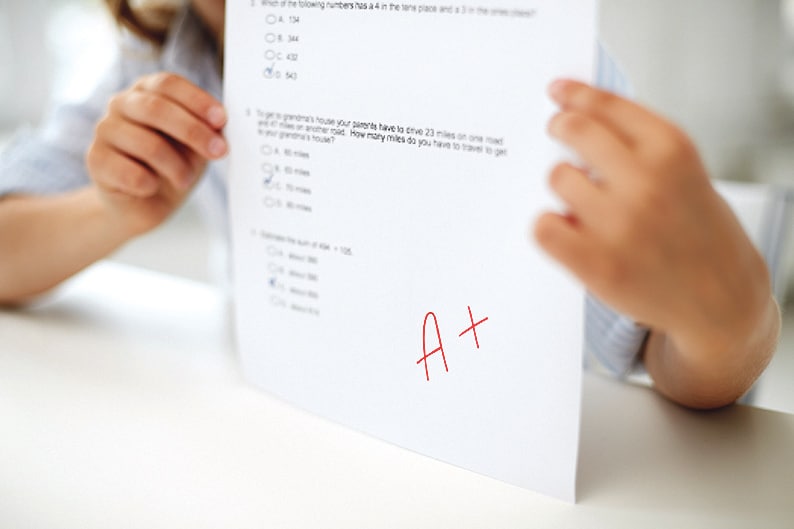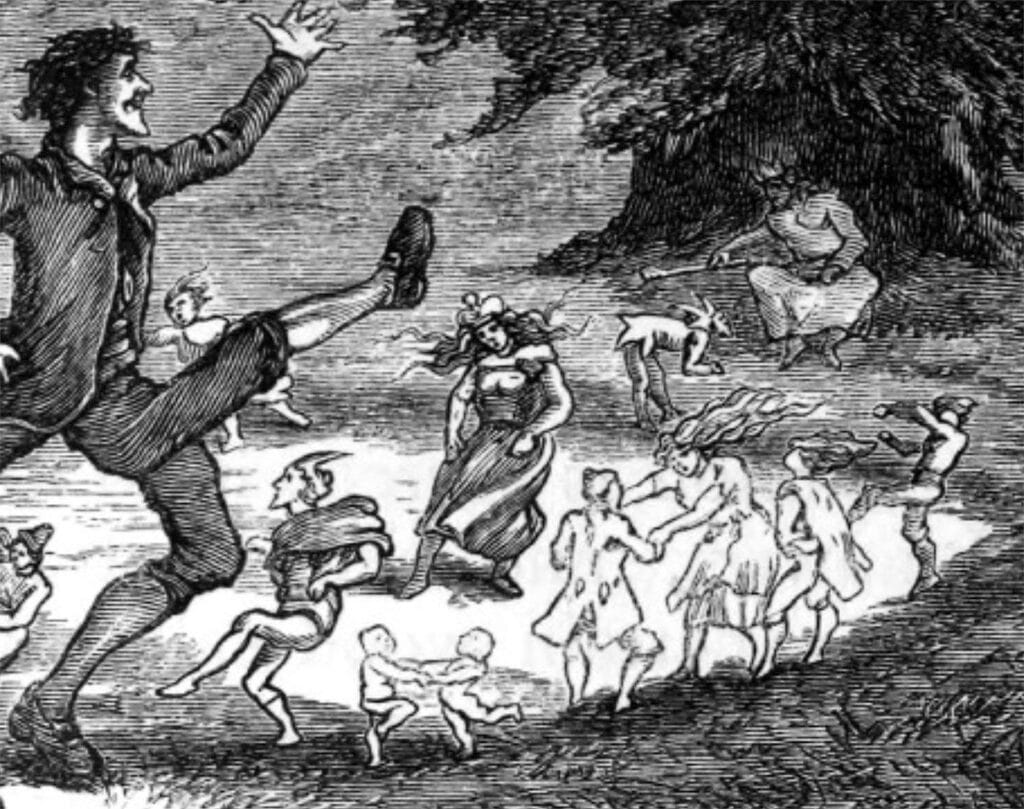
Standardised tests (Sigma-T, Micra-T and Drumcondra) have become quite a cause of confusion for parents, disruption for teachers and anxiety for pupils in Irish primary schools since they became mandatory in 2006. Such tests are compulsory, externally prepared, not directly based on school curricular areas and administered in a format that is unfamiliar to most pupils. Schools generally hate them, many parents are confused by them but the Department of Education loves them and uses them in a variety of ways to serve their own needs; one being as a means to allocate SET teachers to schools. There are merits to standardised testing of course, but their actual usefulness to schools is an area of debate which we will explore here in due course. To begin with a quick look back may be helpful.
Testing in Irish primary schools is not a recent phenomenon and can be dated back to 1929 when an optional exam was introduced for sixth class pupils in primary schools. This was called the ‘Primary Cert.’ and it was optional until 1943. When the Primary Cert. was made compulsory that year, it had a clear focus on the core subjects of Irish, English and Arithmetic. Teachers, understandably, focused on these subjects, and, as a consequence, the curriculum narrowed to ensure that standards were raised in these mandatory areas – other subject areas being ignored or considered recreational. The Primary Cert. remained in place until 1967, when it was finally abolished in the lead in to a major curriculum reform in 1971. While not many complained too loudly on its passing the Primary Cert. did have a certain currency and was a product of its time.
With the onset of free education the second level system began to grow and the transition to second level became a rite of passage marked by entrance examinations set by schools themselves. In time though these exams were discouraged because they were considered to be enabling discrimination or elitism, as some schools – naturally enough you might say – chose the higher performing new entrants when places were scarce. When the chorus of dissatisfaction at official level with entrance exams led to their demise, mandatory standardised testing was imposed on schools in 2006 with the issuing of Circular 0138. This circular, which remains in place, made it compulsory for all schools to carry out standardised assessments on all pupils at least twice during their eight year primary cycle. This practice has become, in that time, a cause of much angst and uncertainty in schools and in many homes.
So, as the taxi driver said to philosopher Bertrand Russell on the way to the airport, ‘…so Lord Russell what’s it all about then?’ let us grapple with that big question without getting too involved in statistics. It is widely believed that if, for example, you toss a coin 100 times in a row the head to tails ratio will be 50:50 – you’ll find this is actually the case when the exercise is repeated a number of times. By the same token, in a cohort of people engaging in any task the result should also be predictable. A Standardised Test (ST), for example, predicts that achievement levels are consistent, and, in terms of achievement some pupils will excel, some will perform adequately, and, a minority will fail – most population samples being a mixed bag of skills, intelligences and personalities. This is entirely predictable, statisticians will confidently claim. Using statistical jargon these scores are presented as STEN scores with associated percentile rankings and all of this can be confusing to those of us who are not statisticians. In simple layman’s terms, STEN scores are equivalent to a scale of one to 10 so there is no need to get too bogged down with statistical analysis. Recently, for example, OECD data based on standardised tests on 15-year-olds, under the umbrella of the Programme for International Student Assessment (PISA test), showed Ireland to be well ahead of most other countries in mathematics. This may well be, statistically true but I still sometimes wonder how the sample school populations in the countries being compared were matched with respect to intellectual ability, socio-economic status, educational attainment, and so on.
A more important question might be, to what extent do standardised tests help schools to improve the quality of teaching and learning? I would argue, not a lot, mostly on the basis that teachers are well aware of the learning needs of the pupils in their care. Teacher observation is the most important assessment method in use in any school, in my experience, and it is available in a language that can be easily understood. Most teachers are intimately aware of the developmental idiosyncrasies of the pupils in their care and they differentiate constantly to allow each pupil develop and achieve his/her potential at a pace that suits them and without attaching any labels. In doing so, they shield pupils from the reality that they may be, periodically, behind their peers in specific areas of development and usually it all works out okay in the end. Teachers also recognise effort and give credit for it – standardised tests don’t. A well known agricultural wisdom tells us that weighing the pig is never as important as feeding the pig in order to get it ready for market which, when applied to education, suggests that teaching is more important than testing perhaps, although assessment does have a place in education! Standardised tests, however, are mere snapshots in time when many variables (seen and unseen) may have been at play. Albert Einstein, who was, arguably, the greatest brain of the 20th Century would have done very badly in a standardised test scenario. He hated school and struggled to learn within the rigid confines of formal education. So also did Charles Dickens and others whose works are now admired universally; both did ‘okay’ educationally when the dust settled.
So in summary, do schools need to run standardised test? I think not and only do so because it is a condition to which they are bound to comply – the Deptartment insists on it. There is a much richer, more nuanced and individualised data set available to every parent in every school and it can be accessed in a simple conversation with your child’s teacher. I’m not arguing against assessment for learning when it is based on the expected learning outcomes in schools, but I remain to be convinced that the standardised testing procedures that are foisted on schools by the Department of Education are of real value, ‘… in supporting individuals to achieve their full potential and contribute to Ireland’s social, cultural or economic development’, which, by the way, is the stated remit of that particular arm of the State. If the State persists with this practice, it would be more sensible and fairer to do it on the same basis as the tri-annual PISA test, which compare standards of 15-year-olds in literacy, mathematics and science across OECD countries. In that case, a sample is tested in each country and the tests are administered and collated by external examiners with appropriate statistical experience and results are presented discreetly as international averages. Irish primary schools administer the tests and correct then in school, which is a sure fire way, in my view, to invalidate the results through overexposure, human error, possible gaming, and so on. The Department, it seems, continues to believe that these tests provide data that is ‘highly reliable, verified, and easily accessible’ but can they really be that naive?
Testing in schools should be about checking that whatever has been taught in class has been learned as a means to guide teachers in their work. Standardised tests are for trends, comparisons and big picture analysis and they can be manipulated too easily through selective sampling, lack of expertise in schools or purposeful manipulation, all of which serve to invalidate the whole process. The recent experiences of accredited results during Covid which resulted in dramatic swings in favour of higher grades in all subjects is a pertinent case in point; teachers want the pupils in their care to do well and develop the necessary levels of self-esteem to become, in time, independent learners; they prefer to accentuate strengths and try not to expose pupils, unnecessarily, to failure. In the worst case scenario, standardised tests, administered as they are in schools by untrained personnel, can easily become the ‘lies damned lies and statistics’ we so often hear of. Whatever such standardised tests may provide to other parties, they provide little additional information to schools, in my experience. Percentile ranks and STEN scores never ever fully grasp the reality of a child’s school experience. Teacher always knows best!



